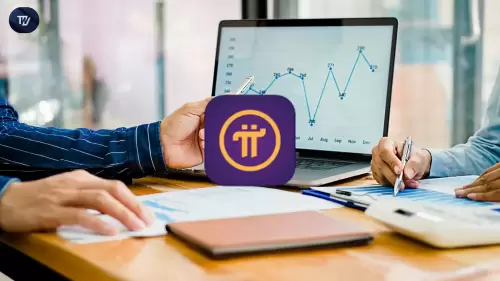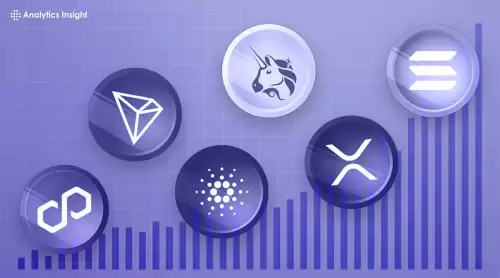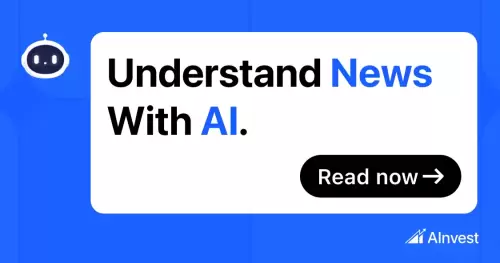Exploring Flare Crypto's role in shaping the decentralized future by providing a reliable data backbone for Web3 applications.

The Web3 revolution hinges on reliable data. Flare Crypto is stepping up, aiming to be the data backbone for the decentralized future. Let’s dive into what makes Flare tick and whether it lives up to the hype.
What is Flare Crypto?
Flare Crypto is a Layer-1 blockchain designed to bring real-world data on-chain in a secure, decentralized manner. Think of it as a bridge connecting blockchains to the outside world. It uses its native token, FLR, for transactions, governance, and rewarding those who keep the network humming.
Flare's Dual-Token System: FLR and WFLR
Flare sports a dual-token system. FLR is the fuel, used for transaction fees and governance votes. Then there's Wrapped Flare (WFLR), which is used for voting and delegating. This dual-token setup is designed to encourage participation and keep the network secure.
Flare Time Series Oracle (FTSO): The Data Engine
At the heart of Flare is the Flare Time Series Oracle (FTSO). Unlike traditional oracles, which often rely on centralized sources, the FTSO incentivizes a decentralized network of contributors to provide accurate data. This is crucial for DeFi, AI, and any application needing real-time, verifiable data.
Market Performance and Tokenomics
As of July 2025, Flare Crypto has shown interesting market dynamics. The market cap stands at $1.38 billion, reflecting substantial interest. A recent 16.83% weekly rise suggests growing demand, potentially driven by increasing DeFi adoption and supportive regulatory developments like the GENIUS Act in the U.S. However, an 8% drop highlights the volatility inherent in the crypto market. The total supply of 103.65 billion FLR, with no maximum cap, also introduces potential inflation risks.
Challenges and Risks
Flare isn't without its challenges. The crypto market is notoriously volatile. The large total supply of FLR, without a maximum cap, could lead to inflation, diluting the value of existing tokens. Plus, ever-changing regulations could throw a wrench in the works.
The Road Ahead
Flare's success hinges on strategic supply management and navigating the complex regulatory landscape. If it can pull that off, Flare could very well become a foundational piece of the decentralized future, providing that critical data backbone for Web3 applications.
So, is Flare the real deal? It’s got potential, but it's not without its hurdles. Keep an eye on how it tackles those challenges. The future of decentralized data might just depend on it. And hey, who knows? Maybe we'll all be swimming in FLR someday. Until then, keep your eyes peeled and your wallets ready!












































































